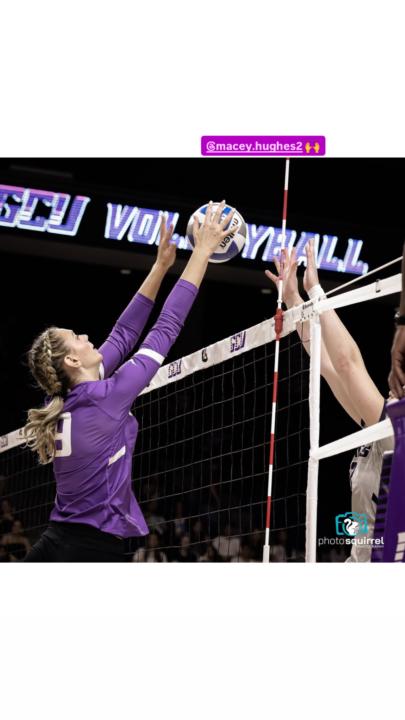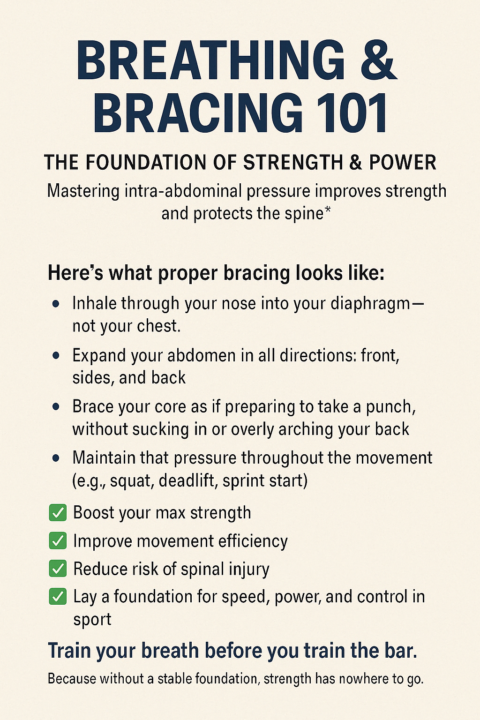
Write something
Jumpers Knee
@T Bog in this video are some things you can do to help the Jumpers Knee gain tolerance again to help regulate pain management and enhance performance again. ISOMETRICS: do these DAILY, even 2x per day. 3-5 Sets, 30-45 Seconds Each. Up to 2 Minutes rest as needed. For the ones that have weight, you should start with body weight and then just like any strength training, gradually add weight. Weight distribution of the foot: make sure when flat footed and lifting weights actively or isometrically, the weight is spread out from the HEEL, Ball of the foot beneath the big toe and the pinky toe. This will create a TRIANGLE of pressure, further strengthening the arches. If you have to start with BILATERAL (Being on both feet) and then slowly work in UNILATERAL(1 legged/split stances), do so.
0
0
Home training equipment-SALE
Bands: https://a.co/d/hIvjbrv Pull-ups bar mount: https://a.co/d/j1wkAiQ Doorway pull-up bar: https://a.co/d/aGD9g4h Adjustable dumbbells: https://a.co/d/7N0WKZy
0
0
Training Tip Tuesday: Become Stronger
I know what you're thinking "well, duh. I already go to the weight room". But are you getting stronger? Too many Volleyball players who train with their school team or on their own only stay in the 3 Sets and 10-15 Rep ranges. Not that you can't build any power, strength or muscle for Volleyball doing 3x10-15 on everything. But you'll only get so far. You can take your time with how you add weight, add sets, and go down to lower rep ranges....but you can't avoid it and you can't take forever either if you want to Peak your Performance. Simple Rule: after 2-4 weeks of getting stronger in the 3x10-15 Ranges, add 1 set to your 3-4 biggest lifts, and go down to 6-10 Reps. Do this for 2-4 weeks, then stay at 4 sets or add 1, then go down to 4-8 reps. So on. You'll notice there is still gradual progression in adding weight but not too too fast nor slow. Understanding that lower rep ranges begin to occur as we add more weight and fatigue sets in. It's okay to not hit more weight at higher reps you are use to. Gradually you'll be doing more weight at lower reps and higher reps. Which helps you dominate the Court! It will also allow you to stay healthier longer and play with different variations of movements.
1
0

Breathing & Bracing 101
The Foundation of Strength & Power Mastering intra-abdominal pressure improves strength and protects the spine. Intra-abdominal pressure (IAP) is the hidden force behind almost every major lift and athletic movement. It’s not just about how much weight you lift—it’s how well your body stabilizes under that load. When you breathe and brace correctly, you create a strong 360° cylinder of support around your spine, helping transfer force efficiently while protecting your low back from injury. Top strength coaches emphasize that breathing and bracing are essential—not optional—for performance. Without proper bracing, energy leaks occur during movement, and the spine is left vulnerable under heavy loads or dynamic actions like sprinting and jumping.

In-Season Training. How we are doing it.
🦾 You can still Maintain and even improve certain metrics while in your Fall Season. How you do it will matter of course. Without getting geeky, you have to be consistent with your training frequency, tackle sleep as best as you can, and try to eat well. I catch myself overthinking on how to do this with my athletes that come in 1-2x/week during the fall season. TIPS: 1. What metrics do you want to keep at or around what it was ending the summer? 10 or 20 yd dash? Approach Vertical Jump? Broad Jump? Squat? Trap Bar Deadlift? Upper Body presses or pull ups? 2. Understand that just like other times of the year, when you focus harder for lets say 2-4-6-8 weeks on certain metrics and athletic traits, you'll have to ease up on the volume in other areas. For example, right now I am looking to maintain speed when I train my girls in San Antonio, but I also want to maintain if not improve their Vertical Jump so they are entering club practices after Thanksgiving higher. To fit into their time with me, we will still do Explosive movements from medicine balls to sprints and so many different Plyometrics, BUT we will ease off the time and volume spent on those. Doing this we will have just enough done to preserve these areas, while still working on our Jump Technique, Jump Volume, and attacking the Vertec for their approach jumps. Not only do I want to get another 2-4" for them, I want to get rid of costly mistakes done in that approach that might not be addressed from their coaches. For strength, 2 lifts we are tackling is Trap Bar Deadlift and Front Squats. 4 sets 4 reps is where we are at, gradually we will work into something like 6 sets 1-3 reps. Every 2 weeks we are changing something to help us progress beyond just adding weight. 3-5 Second Eccentrics, then 3-5 Second Isometrics, then Fast Concentric output. Maybe a little less weight for more speed maybe about the same weight if the speed output can be hot. We'll still throw in Unilateral positions on the lower body and/or when we do Upper Body. Reps will stay at 8 at the most.
0
0
1-16 of 16

skool.com/swift-performance-training-210
Level up your volleyball game with Swift Performance! Enhance your strength, power, speed, and vertical to dominate the court like never before.
Powered by
